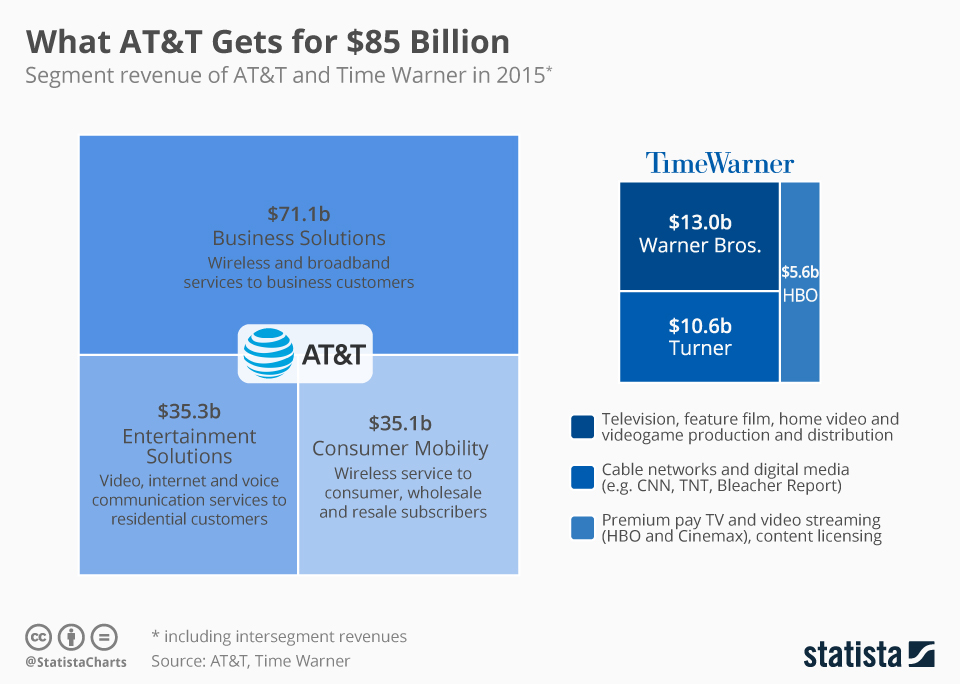There’s a difference between aspiration and reality, but Comcast arguably comes as close any U.S. communications provider in moving from “mostly aspiration” to “substantial reality” in the area of becoming a firm generating revenues from content and apps, instead of "access" or "distribution" services.
Among major U.S. telecom firms, AT&T will follow, establishing a logical strategy for revenue source diversification in the business services markets. driven most likely by internet of things businesses.


That should eventually become more clear as internet of things services and apps start to become a substantial generator of revenues.
Among major U.S. telecom firms, AT&T will follow, establishing a logical strategy for revenue source diversification in the business services markets. driven most likely by internet of things businesses.
"We don't see ourselves as a cable company ," said Matt Strauss, Comcast EVP.. "We see ourselves as a technology and communication-entertainment company, much more in the consideration set of Apple and Google than more of the traditional cable and satellite providers."
Reasonable people will disagree about the extent to which that is a reality. Measured by revenue, Comcast still remains a firm that earns much of its revenue in the access business. But it started much earlier, and is far ahead, of other firms such as AT&T and Verizon. Sprint and T-Mobile US have not really tried.
In 2008, 59 percent of Comcast’s revenue came from linear video service. In the second quarter of 2016, just 29 percent of Comcast’s revenue is derived from video services. NBCU (the content and entertainment producer) is now the largest component, contributing 37 percent of total revenue.
Presumably, most telcos globally would be very happy to say that 37 percent of total revenue came from applications, services and sources not directly related to the access business (data, voice, video, text messaging, mobile subscriptions). It also might be said that about half of Comcast revenue still is earned from the cable networks business, however.
AT&T will be first among the U.S. telcos to revamp its revenue sources in a similar way. Assuming AT&T’s acquisition is approved, AT&T might earn about $142 billion in total annual revenue. After the acquisition, AT&T might earn about 17 percent of total revenue from studios and programming networks (content), not distribution of any sort.
More important is the overall evolution of revenue sources over time. Call it “moving up the stack” or “up the value chain” or any other similar trend: the eventual evolution of at least some tier-one communications (access providers) firms is towards a mix of sources including access services.
That should eventually become more clear as internet of things services and apps start to become a substantial generator of revenues.

No comments:
Post a Comment